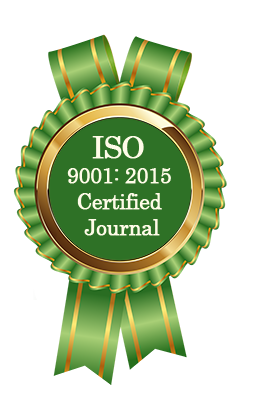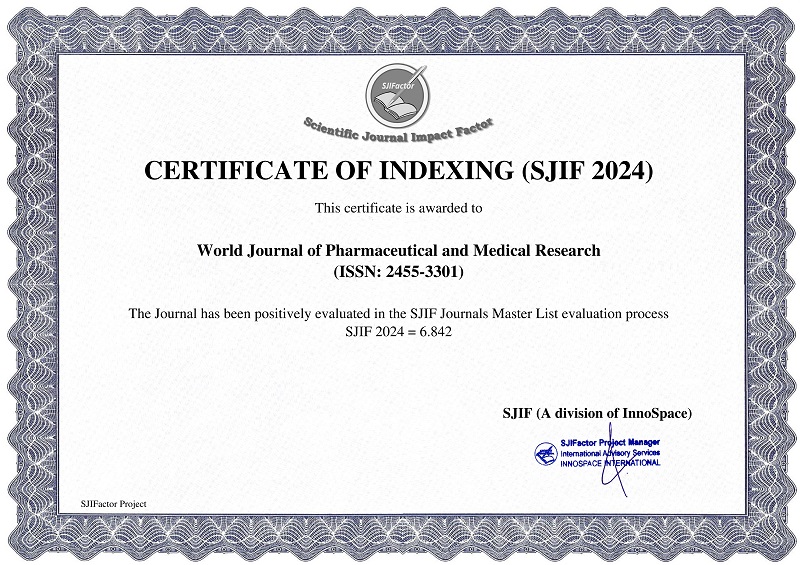DETERMINATION OF TOTAL FLAVONOID LEVELS AND ANTIOXIDANT ACTIVITY FROM ETHANOL EXTRACTS GEDI BARK (ABELMOSCHUS MANIHOT L. MEDIK) WITH DPPH METHOD (2, 2-DIPHENYL-1-PICRYLHYDRAZYL)
Slamet Tuty*, Feby Anggraeni Ridwan and Sri Maryam
ABSTRACT
Gedi plant (Abelmoschus manihot L. Medik) is a plant from the Malvaceae tribe that grows in tropical temperatures and is widely used as a vegetable, traditional medicine, and as a complement to Manado porridge in North Sulawesi. In treating diseases such as kidney disease, lowering blood cholesterol and ulcers, the people of North Sulawesi traditionally use a decoction of gedi leaves without the addition of salt to treat them (Mamahit and Soekamto, 2010). Flavonoids are one of the largest natural phenol group compounds and are found in all green plants so they are found in every plant extract (Markham KR, 1988). Flavonoids are known to have properties as an antidote to free radicals or are antioxidants, inhibitors of hydrolysis enzymes, oxidative and work as anti- inflammatory (Pourmourad et al., 2006). This study aimed to determine the total flavonoid content and antioxidant activity of the ethanolic extract of the gedi stem bark using the DPPH method (2,2-diphenyl-1-picrylhydrazil). The study was started by collecting material from the Manoko Lembang Plantation, West Bandung Regency, then determining the moisture content and drying loss. Extraction was carried out by maceration method with 96% ethanol solvent and the yield of 17.6% was obtained. Furthermore, phytochemical screening, determination of total flavonoid levels and measurement of antioxidant activity with quercetin as a comparison. The results of the determination of total flavonoids were 1.33 mg QE/gr, while the results of antioxidant testing of the ethanol extract of gedi stem bark with UV-Vis spectrophotometry measured at a wavelength of 516 nm obtained an IC50 value of 65.71 g/mL indicating strong antioxidant activity.
[Full Text Article] [Download Certificate]



